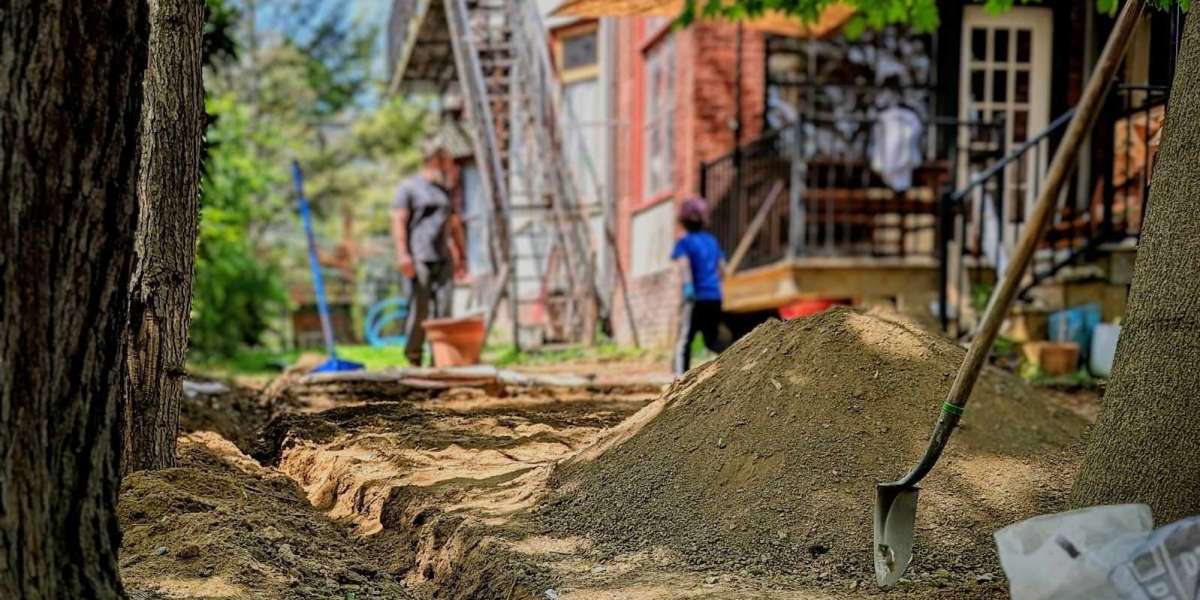Undertaking full home renovations can be both exciting and daunting. When you decide to transform every corner of your living space—from flooring and lighting to plumbing and finishes—it’s crucial to establish a clear roadmap before breaking ground. At RENOMATIC, we’ve guided countless homeowners through comprehensive remodels, ensuring each project unfolds smoothly, stays on budget, and delivers the envisioned outcome. In this guide, we’ll walk you through the essential steps for sequencing work, creating realistic budgets, and defending your project against costly scope creep.
1. Mastering the Right Sequence of Work
The order in which tasks are executed profoundly impacts efficiency and cost. Begin by tackling any structural or framing modifications first, since these elements form the backbone of your project. Once rough carpentry is complete, move on to mechanical systems—plumbing, electrical wiring, and HVAC ductwork. Completing these “wet” and “hidden” trades early prevents the need to reopen finished walls later, saving both time and money.
With systems in place, focus next on insulation and drywall installation. This stage readies your home for interior finishes while ensuring energy efficiency and soundproofing. After wall surfaces are secure, schedule painting and wall treatments before installing flooring materials. Finally, finish with trim work, cabinetry, and fixtures. By adhering to this logical progression, you minimize overlapping work and reduce downtime, allowing subcontractors to perform their tasks without interference.
2. Crafting a Realistic Budget
Accurate budgeting begins with detailed scope definition. List every intended upgrade—from removing load‑bearing walls to replacing light fixtures—and research current market rates for labor and materials in your area. While online calculators can provide ballpark figures, RENOMATIC recommends obtaining at least three itemized quotes for each trade. This comparative approach uncovers cost variations and highlights potential red flags, such as abnormally low bids that may indicate substandard workmanship.
Next, allocate a contingency reserve of 10–20% of your total budget. This safety net covers unforeseen issues like hidden water damage, outdated wiring, or structural reinforcements uncovered during demolition. Maintaining a dedicated contingency fund prevents budget blowouts and keeps decision‑making calm when surprises arise. Update your budget regularly, tracking actual expenditures against projections. Doing so provides early warnings of overspending and allows you to adjust trade‑offs—perhaps opting for a less expensive tile or deferring a non‑critical upgrade—before costs spiral out of control.
3. Managing Timelines and Workflow
Even the best‑laid plans falter if contractors and materials aren’t coordinated effectively. Develop a master schedule that outlines each trade’s start and end dates, factoring in lead times for custom orders, such as specialized cabinetry or imported tiles. Digital project‑management tools—ranging from Gantt‑chart software to simple spreadsheet trackers—can visualize dependencies and alert you when tasks risk falling behind.
Regular site meetings foster collaboration and accountability. Invite your general contractor, lead tradespeople, and project manager to weekly check‑ins. Use these sessions to review progress against the schedule, address any bottlenecks, and confirm upcoming deliveries. Clear communication prevents small delays—like a misdelivered fixture—from cascading into major slowdowns. If a task runs long, proactively adjust subsequent activities or reassign resources to maintain momentum.
4. Strategies to Avoid Scope Creep
Scope creep—the gradual addition of tasks beyond the original plan—is one of the primary drivers of cost overruns. To guard against it, finalize your design documents before work begins. This includes fully detailed floor plans, finish schedules, and fixture selections. Every change order requested after the start date should be formally documented, with associated costs and timeline impacts clearly outlined.
Maintain strict change‑order protocols. When a homeowner or stakeholder proposes an upgrade—say, switching from standard hardwood to exotic Brazilian cherry—require a submitted request in writing. The project manager then reviews the implications on budget and schedule, presenting a revised proposal that must be approved before any work proceeds. By institutionalizing this process, you ensure that every modification is deliberate and financially accounted for, rather than an impulse decision that derails progress.
5. Communication with Contractors and Stakeholders
Transparent, frequent communication prevents misunderstandings and builds trust. Provide your renovation partners with a central point of contact—preferably a dedicated project manager—who consolidates feedback from all parties. This single channel of communication prevents conflicting directives that can stall work and generate errors.
Additionally, establish a document‑sharing platform where all project files, permits, and contracts reside. This digital repository lets team members access the latest versions of drawings, inspection reports, and material cut sheets. When everyone works from the same information, you eliminate confusion over outdated details and reduce the risk of rework. An informed team is an efficient team.
6. Quality Control and Inspections
Rigorous quality checks at predefined milestones catch defects early, before costly rework becomes necessary. For instance, after framing and rough‑in phases, schedule an internal walkthrough with your contractor and a third‑party inspector, if required by code. Verify that all rough plumbing, electrical, and HVAC work meets specifications and complies with local regulations.
Once drywall, painting, and flooring are complete, conduct another round of inspections. Check that trim joints are tight, paint finishes are uniform, and floors have proper transitions. Address any punch‑list items promptly, ideally within a 48‑hour turnaround window. Timely resolution ensures that small blemishes don’t become major headaches once the space is occupied.
7. Final Walkthrough and Project Closeout
As work wraps up, host a comprehensive final walkthrough with all key stakeholders—homeowners, contractors, and sub‑trades. Reference your original project checklist and change‑order log to confirm that every scope item has been fulfilled to specification. Collect warranties, operation manuals, and final lien waivers to close out administrative tasks.
At RENOMATIC, we believe that clear documentation of completion not only signifies project success but also provides homeowners with peace of mind. Delivering a well‑organized closeout package signals respect for your investment and marks the beginning of your enjoyment of the transformed space.
Conclusion
Executing full home renovations requires meticulous planning, disciplined budgeting, and strong communication to navigate complexities and avoid pitfalls such as scope creep. By following a logical sequence of trades, maintaining realistic financial reserves, and enforcing formal change‑order processes, you safeguard both your schedule and your wallet. Partnerships with experienced professionals—like the team at RENOMATIC—offer the expertise and oversight necessary to bring ambitious renovation visions to life. With these strategies in hand, you’ll transform your home efficiently, on budget, and exactly as envisioned.







